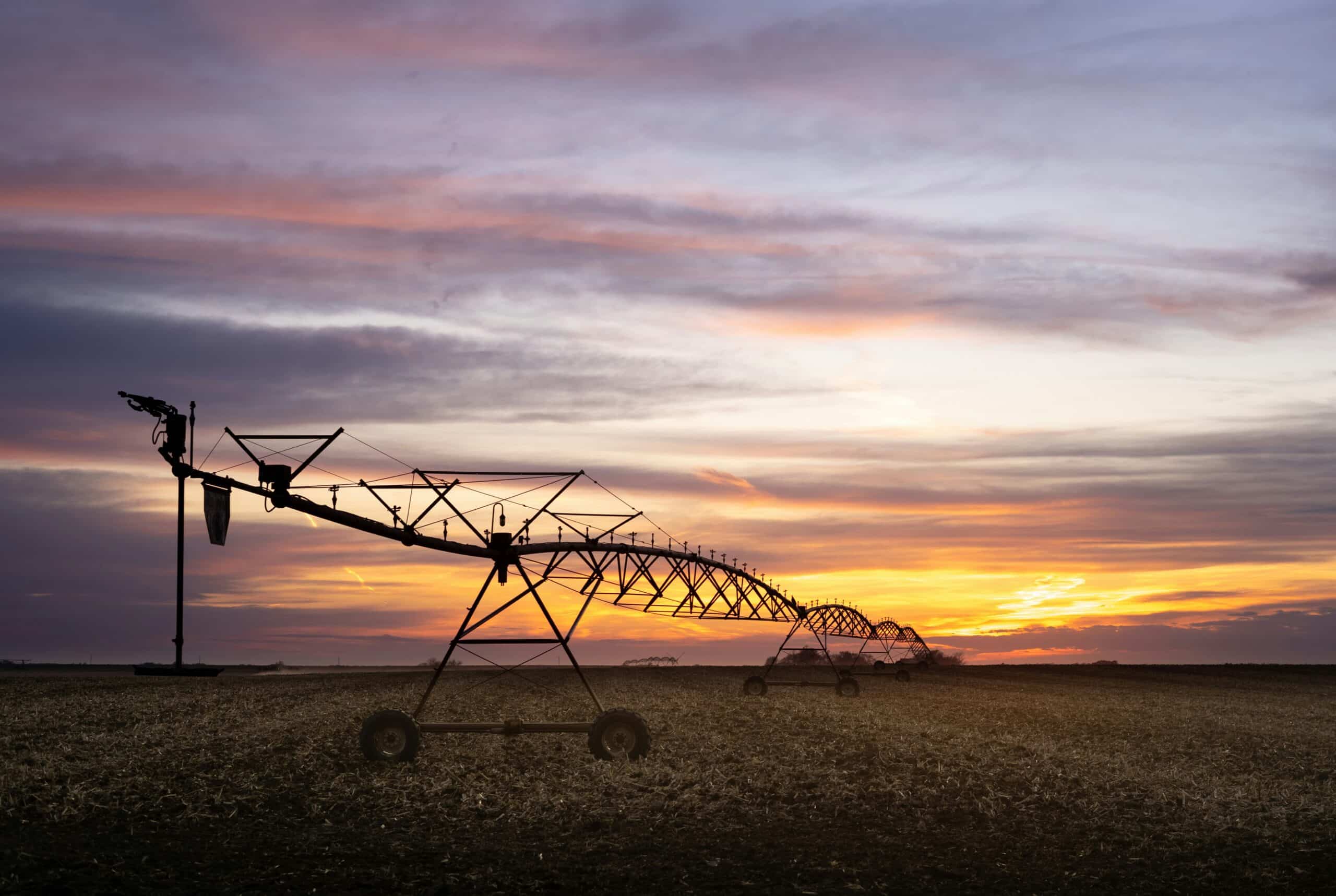Key Takeaways
- Emergent Connext raises $5 million in an oversubscribed seed funding round
- Capital to support expansion of rural IoT infrastructure, commercial operations, and sensor integration
- Investors include leaders from agriculture and telecom sectors
- Emergent Connext delivers data connectivity solutions to underserved rural industries
- Initial deployments in six U.S. states with plans for continued national growth
Emergent Connext Seed Round to Accelerate Rural Connectivity Solutions
Emergent Connext, Inc., a rural-focused IoT network operator and solutions integrator, has announced the close of its $5 million seed funding round. The round, which was oversubscribed, drew participation from over 20 investors with backgrounds in agriculture and telecommunications. The company will use the funding to expand its rural IoT infrastructure and commercial activities while advancing device and data integration across agricultural and other rural sectors.
Founded to address persistent connectivity gaps in rural America, Emergent Connext is focused on enabling digital transformation for farms, utilities, municipalities, and related industries.
Emergent Connext Attracts Support from Agriculture and Telecom Investors
The seed round was co-led by Bob Trogele, agriculture executive and CEO of Verdelis Investments and ProAgInvest LLC, and Jim Timmer, a telecom infrastructure specialist. Each led a group of investors aligned with their respective sectors.
According to Trogele, “Emergent is tackling the most fundamental obstacle to rural innovation: the lack of connectivity and digital integration.” Timmer added, “Emergent has engineered a purpose-built solution for rural America. It’s rugged, scalable, and economically viable.”
Early Deployment and Use Case Demonstrations
Emergent Connext has deployed its IoT network in California, Ohio, Arkansas, Indiana, Missouri, and Kentucky. The company offers bundled solutions combining connectivity, sensor technology, and interactive platforms for real-time data use in field operations.
One pilot project, involving a precision irrigation system at Terranova Ranch in California in collaboration with Cal.net, recorded a 34% reduction in water use.
“Whether you’re a farmer, rancher, utility manager, or rural co-op operator, you need real-time data to make informed decisions,” said Mike Roudi, CEO of Emergent Connext. “That starts with affordable, scalable connectivity.”
Emergent Connext Strategy and Partnerships
To support its expansion, Emergent Connext has formed partnerships with organizations including Microsoft Airband, Tektelic Communications, and various rural internet service and IoT providers. These partnerships support Emergent’s efforts to deliver end-to-end solutions tailored to rural operations.
With its seed round complete, the company plans to scale deployments across key agricultural markets and rural municipalities, positioning itself as a connectivity enabler for digital tools in remote and underserved areas.
Enjoyed this article? Share it with your network!
- Post
- Click to share on Threads (Opens in new window) Threads
- Click to share on WhatsApp (Opens in new window) WhatsApp
- Click to share on Telegram (Opens in new window) Telegram
- Click to share on Reddit (Opens in new window) Reddit
- Share on Tumblr
- Click to email a link to a friend (Opens in new window) Email
- Click to share on Bluesky (Opens in new window) Bluesky


